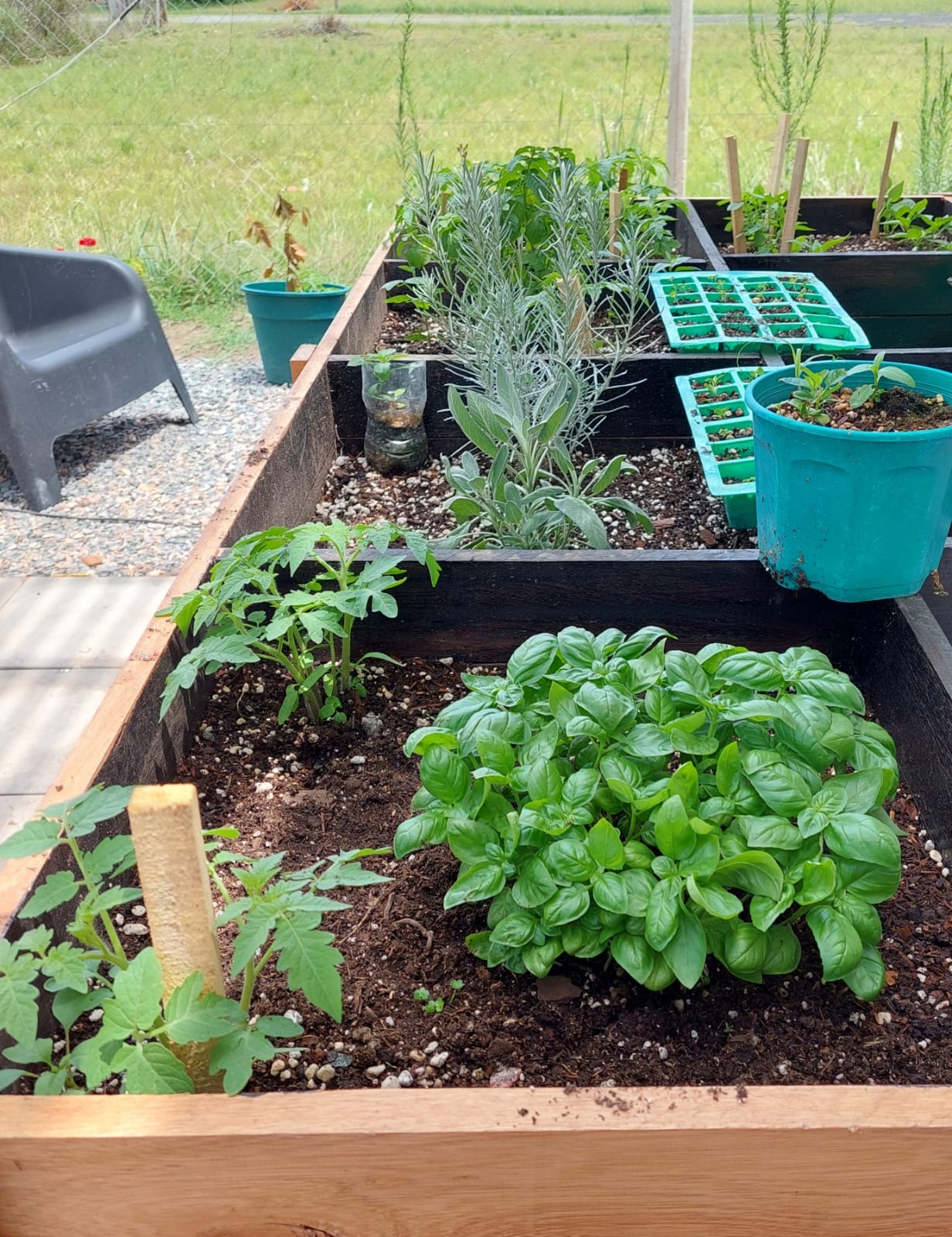Spring Garden Preparation: Setting Yourself Up for Success
Spring is the most exciting time of year for gardeners! The days are getting longer, temperatures are warming up, and it’s time to start preparing for the growing season. Here’s your complete guide to spring garden preparation.
1. Assess Your Garden Space
Clean Up Winter Debris
- Remove dead plant material
- Clear weeds that emerged over winter
- Rake up fallen leaves and branches
- Check for any winter damage to structures
Evaluate Last Year’s Performance
- Which plants thrived and which struggled?
- What areas need improvement?
- Are there spots that need better drainage?
- Consider what you want to grow differently this year
2. Test and Improve Your Soil
Soil Testing
Spring is the perfect time to test your soil’s pH and nutrient levels. Most vegetables prefer a pH between 6.0-7.0.
What to test for:
- pH level
- Nitrogen, phosphorus, and potassium levels
- Organic matter content
- Soil structure and drainage
Soil Amendments
Based on your test results:
- Low pH (acidic): Add lime
- High pH (alkaline): Add sulfur or organic matter
- Poor drainage: Add compost or perlite
- Low nutrients: Add compost or organic fertilizer
3. Plan Your Garden Layout
Crop Rotation
Avoid planting the same family of crops in the same location as last year:
- Nightshades: Tomatoes, peppers, eggplant, potatoes
- Brassicas: Cabbage, broccoli, kale, radishes
- Legumes: Beans, peas
- Cucurbits: Squash, cucumbers, melons
Companion Planting
Plan beneficial plant combinations:
- Tomatoes with basil and marigolds
- Carrots with chives and parsley
- Beans with corn and squash (Three Sisters)
- Lettuce with garlic and onions
4. Start Seeds Indoors
Timing is Everything
Check our Planting Calendar for specific timing in your area, but here are general guidelines:
6-8 weeks before last frost:
- Tomatoes, peppers, eggplant
- Herbs like basil and oregano
4-6 weeks before last frost:
- Lettuce, spinach, kale
- Broccoli, cabbage, cauliflower
2-4 weeks before last frost:
- Cucumbers, squash, melons (in colder areas)
Seed Starting Setup
- Use seed starting mix, not garden soil
- Provide adequate light (14-16 hours daily)
- Maintain consistent moisture
- Keep temperatures between 65-75°F (18-24°C)
5. Prepare Garden Beds
For Existing Beds
- Gently cultivate the top 2-3 inches
- Add 2-4 inches of compost
- Avoid working wet soil (it should crumble, not clump)
For New Beds
- Remove grass and weeds
- Double-dig or use the lasagna method
- Add 4-6 inches of compost
- Consider raised beds for better drainage
6. Tool Maintenance
Clean and Sharpen
- Clean tools with soap and water
- Remove rust with steel wool
- Sharpen pruning shears and hoes
- Oil moving parts
Inventory Check
- Replace broken or worn tools
- Stock up on essential supplies
- Check irrigation systems
7. Create a Planting Schedule
Use our interactive planting calendar to create a personalized schedule based on:
- Your last frost date
- Preferred crops
- Garden space available
- Succession planting goals
Spring Garden Checklist
Early Spring (6-8 weeks before last frost):
- Clean up garden beds
- Test soil
- Order seeds and plants
- Start warm-season crops indoors
- Plan garden layout
Mid-Spring (4-6 weeks before last frost):
- Prepare garden beds
- Start cool-season crops indoors
- Begin hardening off early seedlings
- Plant bare-root trees and shrubs
Late Spring (2 weeks before to after last frost):
- Direct sow cool-season crops
- Transplant hardened seedlings
- Install supports and trellises
- Mulch planted areas
Common Spring Mistakes to Avoid
- Planting too early: Wait until soil can be worked and temperatures are consistently warm
- Neglecting soil prep: Don’t skip the soil amendments
- Overwatering seedlings: Keep soil moist but not soggy
- Forgetting to harden off: Gradually acclimate indoor seedlings to outdoor conditions
- Planting everything at once: Succession plant for continuous harvests
Looking Ahead
A well-prepared spring garden sets the foundation for a productive growing season. Take your time with these preparation steps, and you’ll be rewarded with healthy plants and bountiful harvests throughout the year.
Next week, I’ll be sharing specific tips for starting tomatoes from seed and my favorite varieties for different growing conditions.
Happy spring gardening! 🌱
Check out our Planting Calendar to find the perfect planting dates for your location and desired crops.
